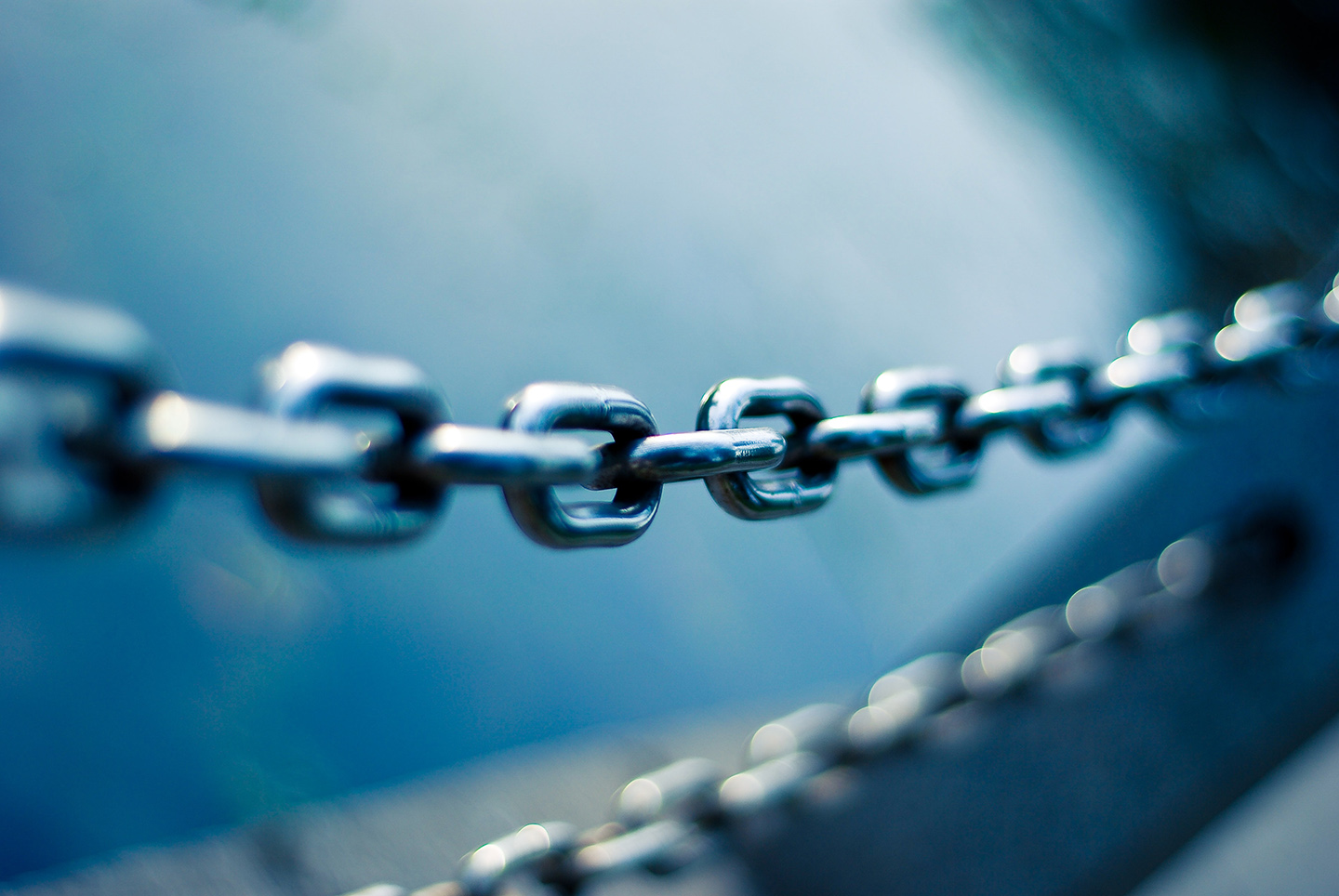Anger is complicated. It’s big and bullies us. We cannot avoid feeling anger because the world is a trigger.
Learning how to temper the heat of the moment does not come easy, because we mirror how others use and express anger, as observed during childhood. For an example, in an alcoholic or abusive environment, we absorb the behavior of the adults around us and how they cope with aggression, conflict, and emotions.
Children quickly learn that anger is unacceptable, destructive, and painful, and they may instantly push it down or experience outbursts. These childhood maladapted patterns can continue into adulthood.
Do you:
- Suppress anger and say, “I’m fine?”
- Become quickly irritated at minor things?
- Feel an undercurrent of anger and don’t understand why?
- Feel guilt and profusely apologize when feeling angry?
- Speak your mind when angry and take action?
Understanding the two kinds of anger increases awareness of learned patterns and habits. To recognize how you get angry. and what you do when you experience it is important.
- Primary anger is an in-the-moment response to impolite behavior, injustice, a freak accident, or aggression, to name a few. Words and actions are directed to what occurred, not an attack on the individual involved. A resolution is not guaranteed and there is a social element to consider.
When you respond with primary anger, you are:
-
- Exercising YOUR POWER,
- Allowing YOUR VOICE to be heard,
- Establishing a solid sense of YOUR BOUNDARIES, and
- Rising and TAKING A STAND.
- In contrast, secondary anger streams under the skin and is with you all the time, where ever you go. Emotion is suppressed, commonly known, as ‘sucking it up or pushing it down’ The tense force circulates creating a subtle constriction in the body that can cause high blood pressure or muscle pain. You are captive to its exhausting grip.
In the aftermath, you might feel shame and guilt because you were angry!
When you suppress anger, you are:
- Reinforcing emotional entrapment and stagnation.
- Depleting energy and personal resources.
- Destroying relationships with self and others,
- Mirroring maladaptive family and generational coping mechanisms
- Increasing the risk of heart disease and other serious illnesses.
Secondary anger is the destroyer. It pools; you can expect a build-up, priming you for added distress. Explosions, coupled with a desire to be heard, push away anyone within earshot – and you are left alone.
Ask yourself these questions:
-
- How was anger handled in your childhood household?
- Did a parent tell you to “not talk back” or “don’t ever get angry with me?”
- Did a parent suck it up or become volatile over small stuff?
- Whose face or voice does anger have?
Recovery from anger malfunction is an opportunity to learn and grow. It feels trite to say that because learning and growing is a common adage these days but we sometimes don’t follow our own ramblings.
Imagine collaborating with someone in search of deeper understandings or solutions. This social connection guides us to be in power with, not over (powering).
The best way to express anger is responsibly and there are many ways to do that. Addressing what happened when it occurs or committing to a discussion later because of circumstances, keeps the powerful energy moving.
You are allowed to drop an F— and get loud. Something can happen so fast that you are caught off guard. We are all capable of losing it. Recovery matters.
You can focus on what happened in a supportive, compassionate, and firm way, and if you blew a gasket, picking up the pieces with someone can bond you forever.
Either way, you’ll learn something.
-Sanna

